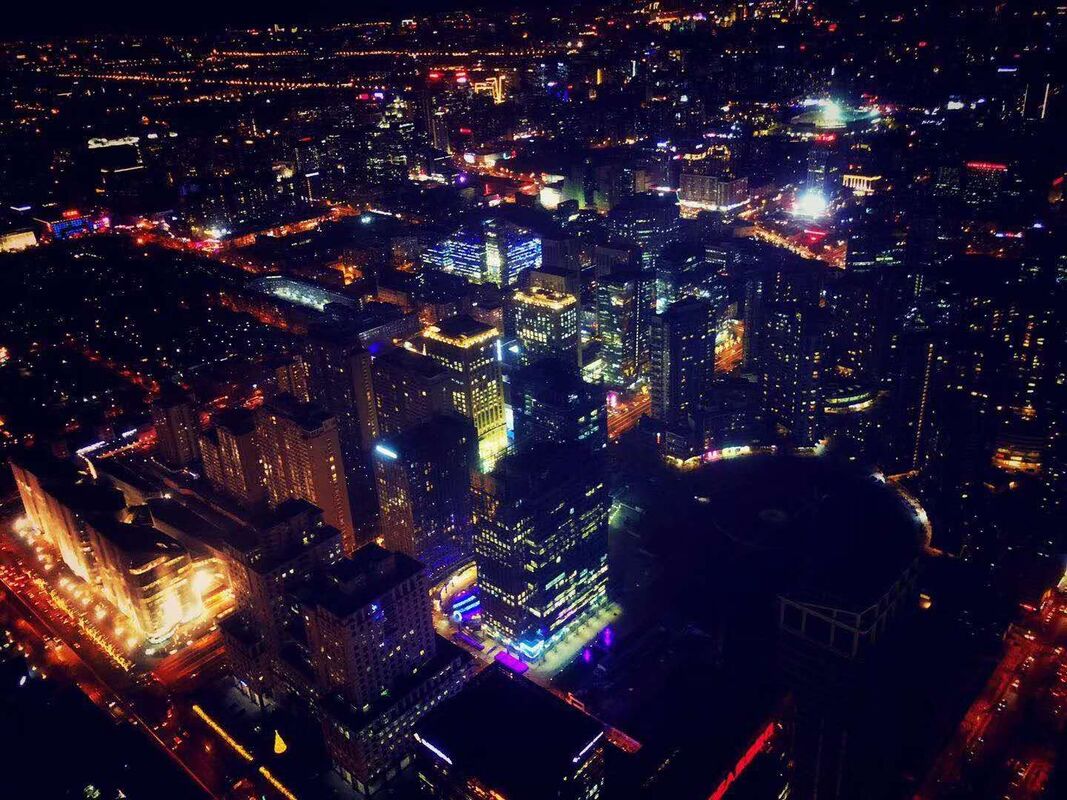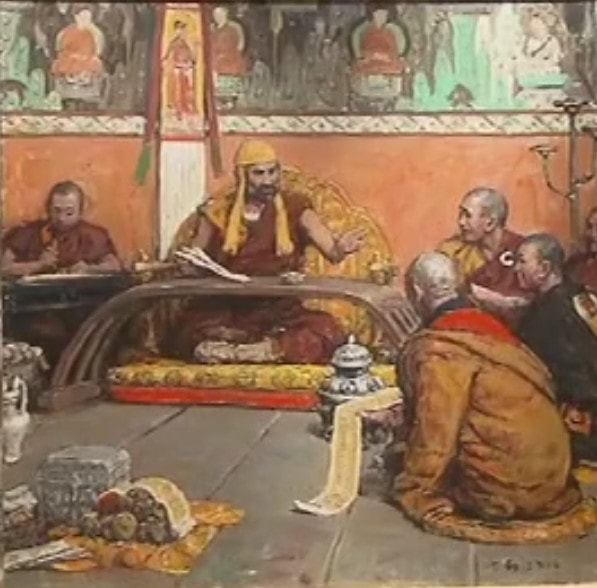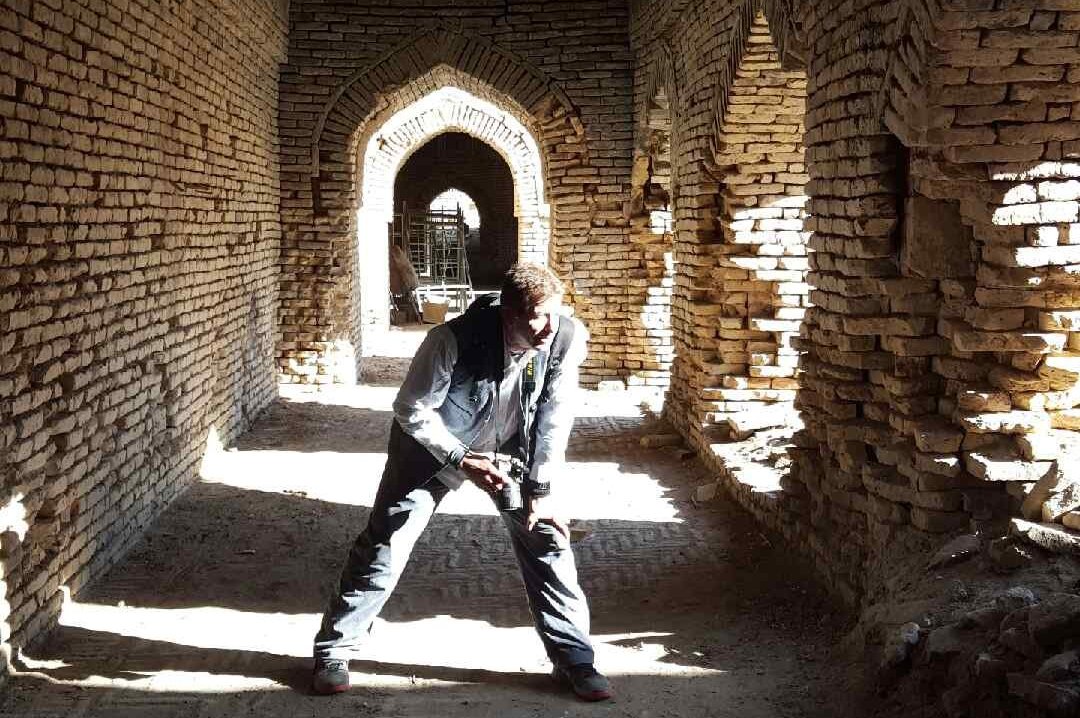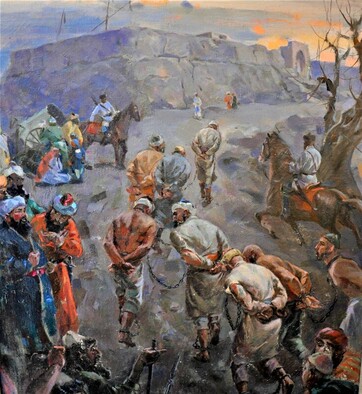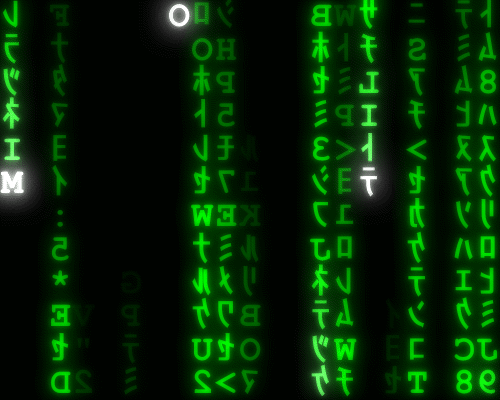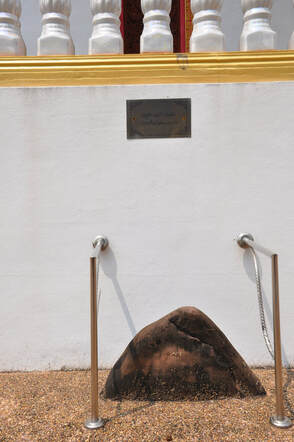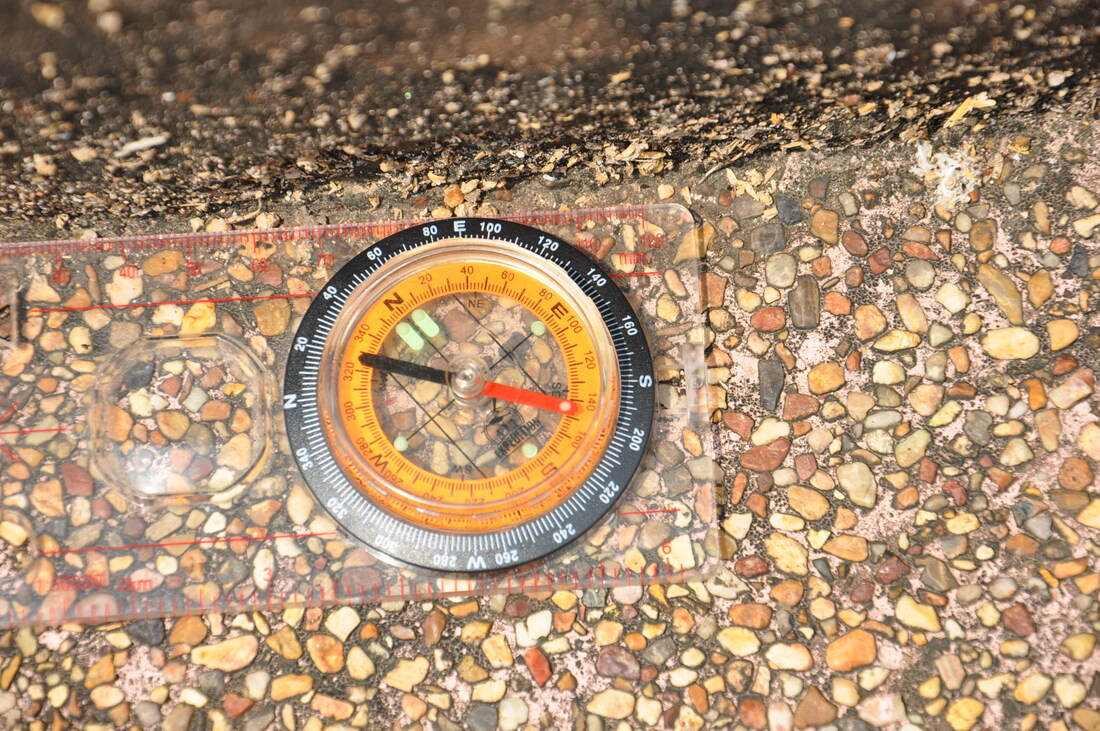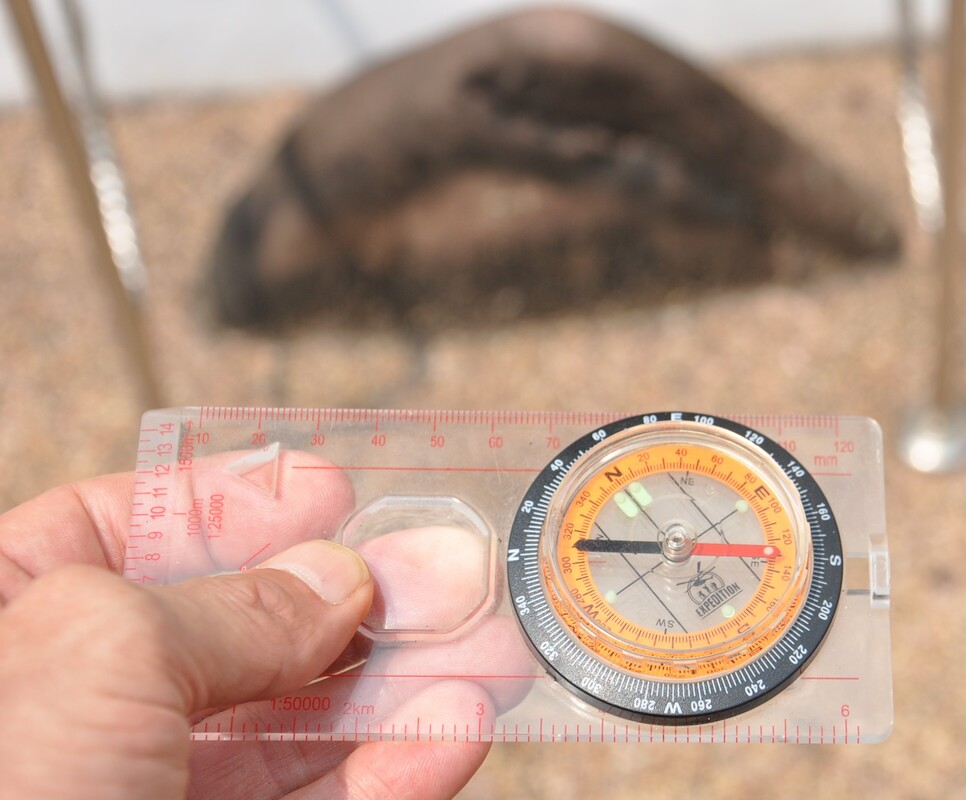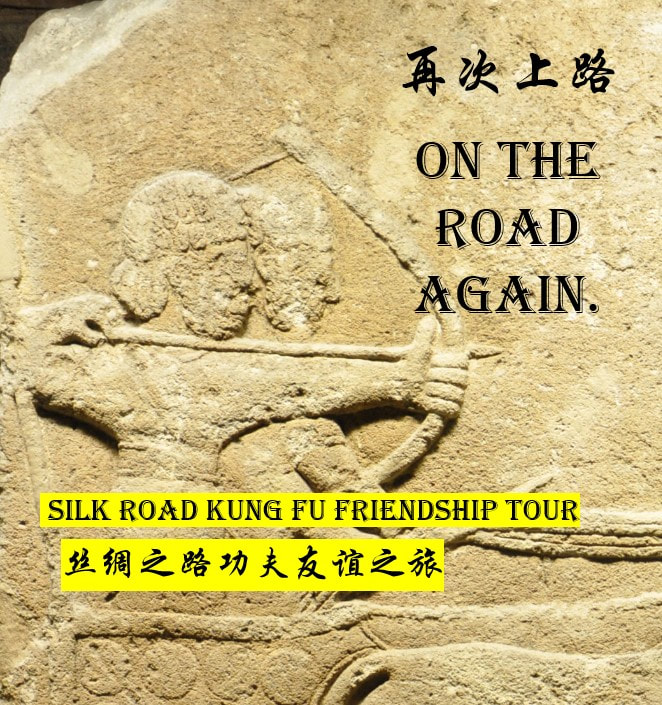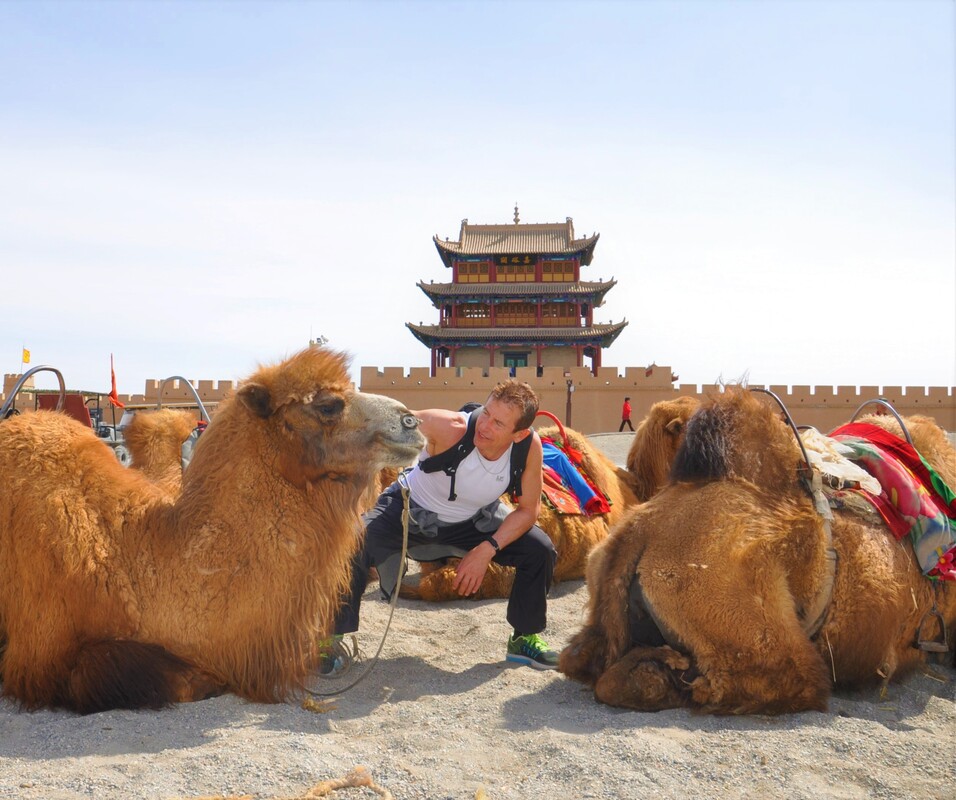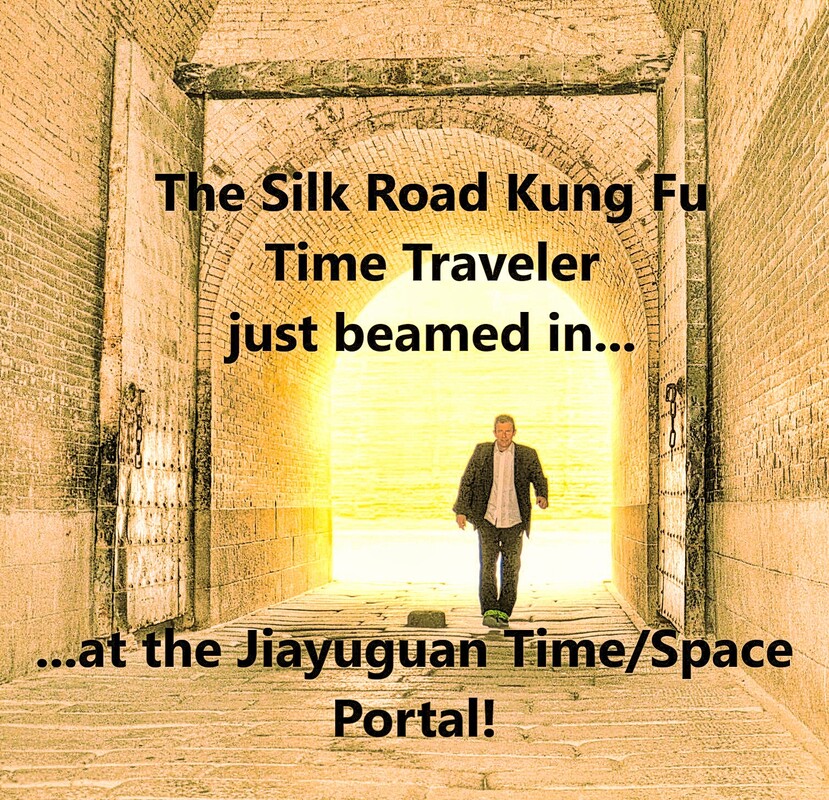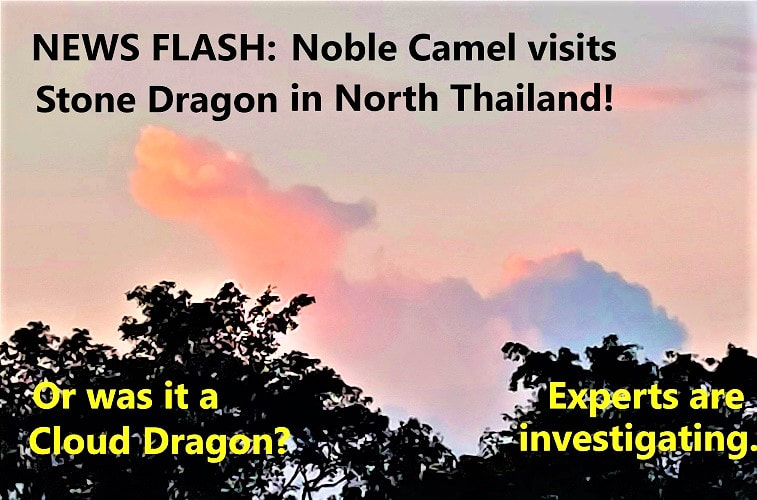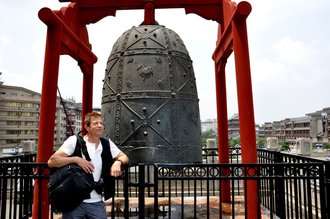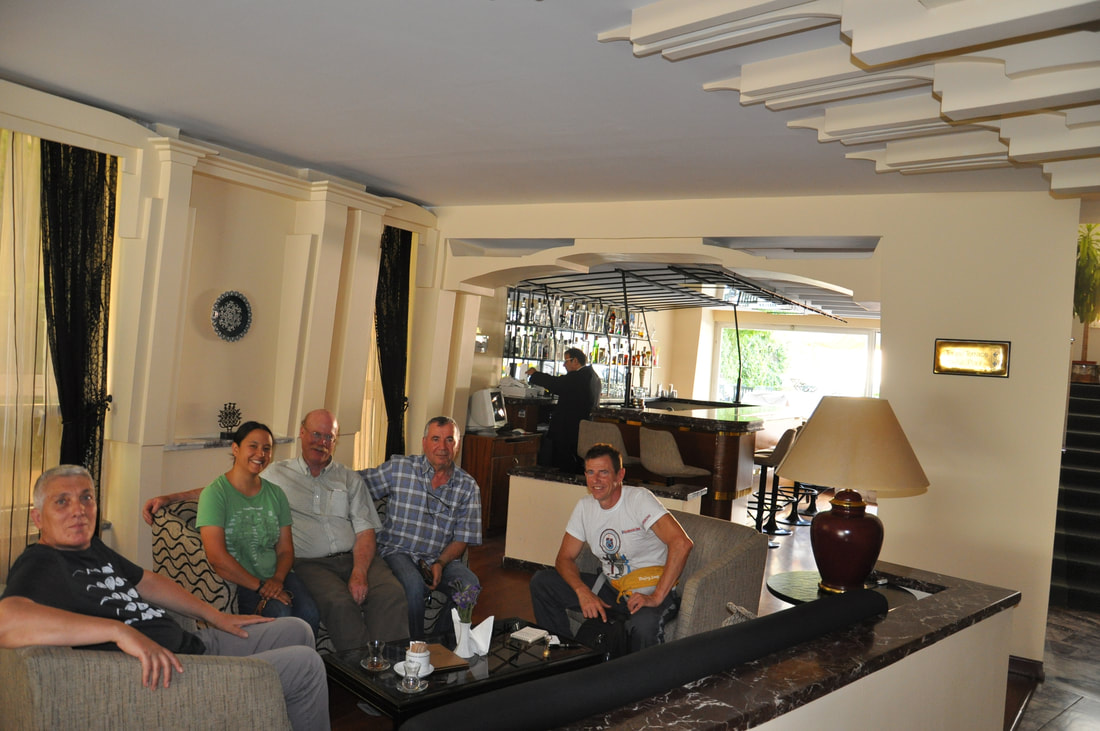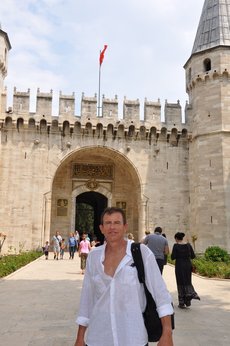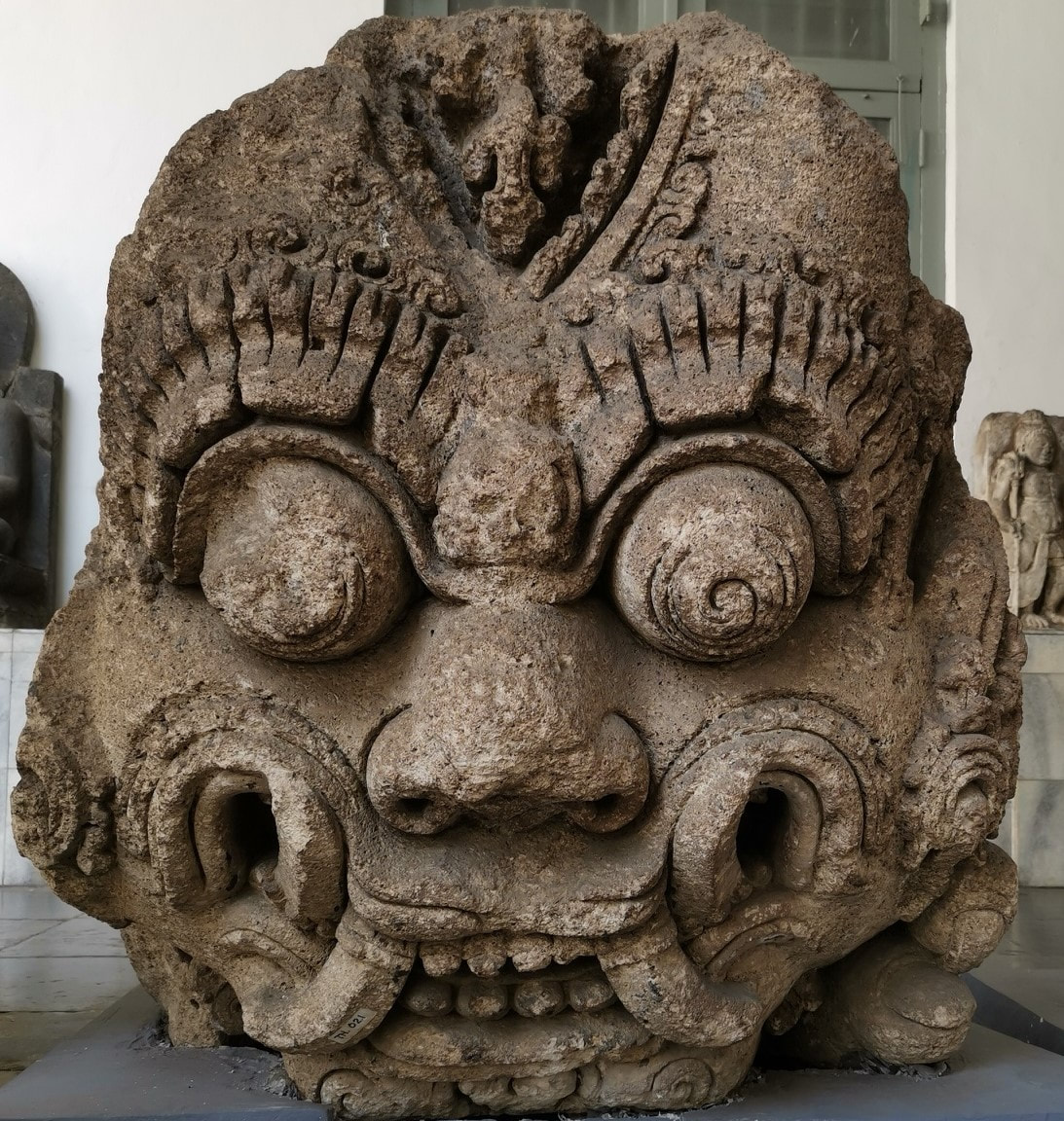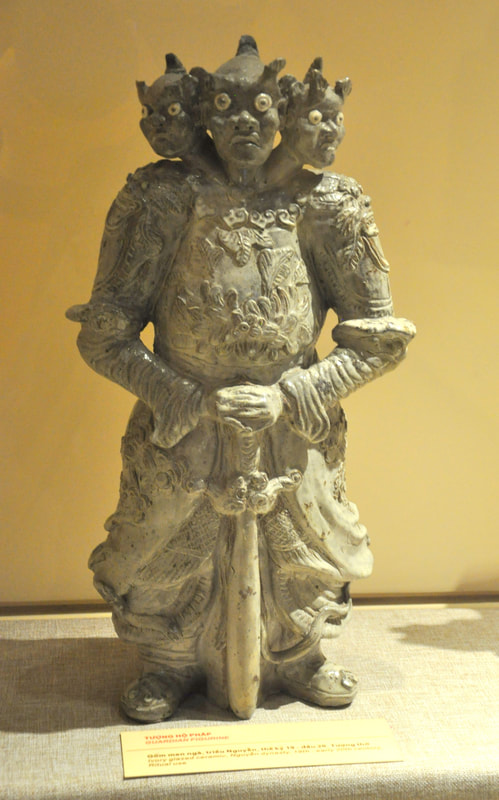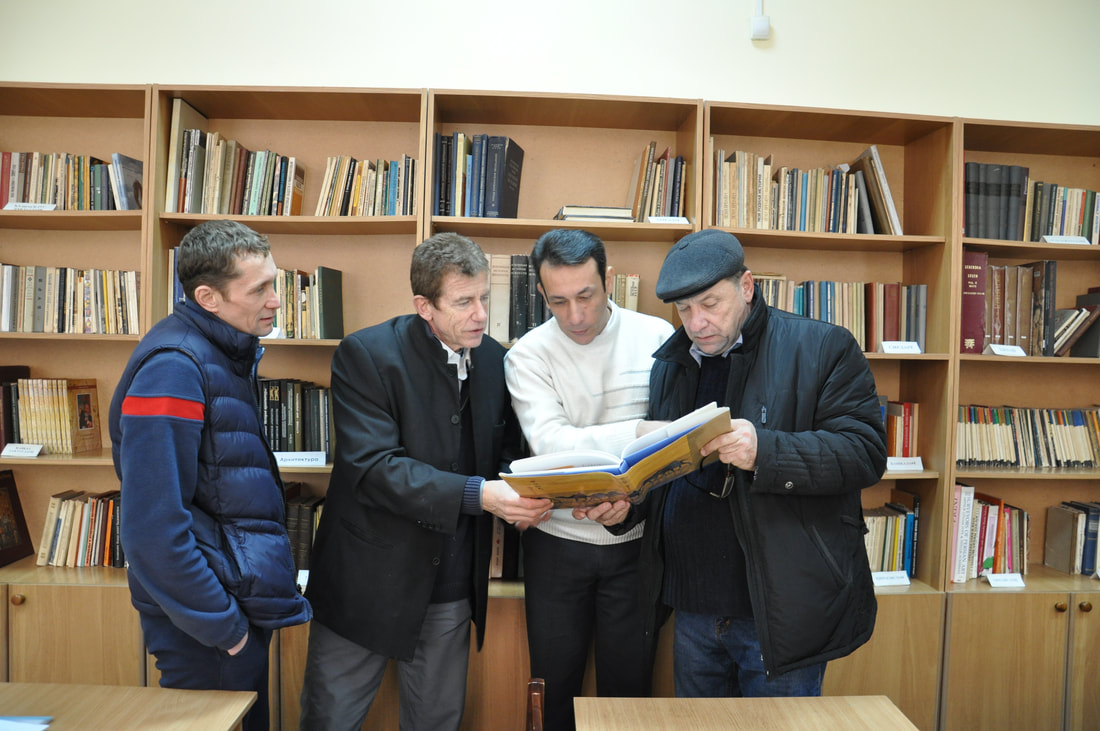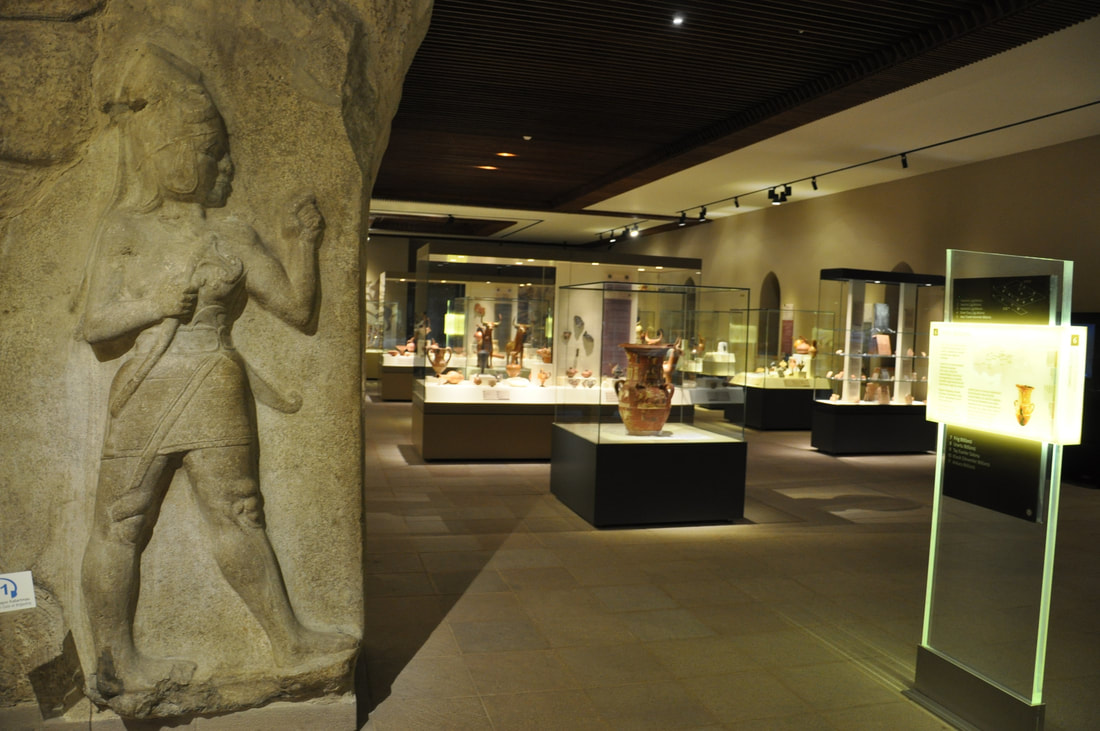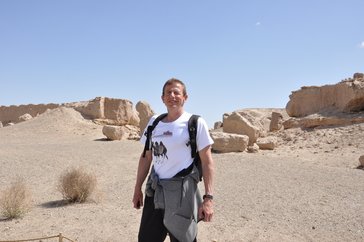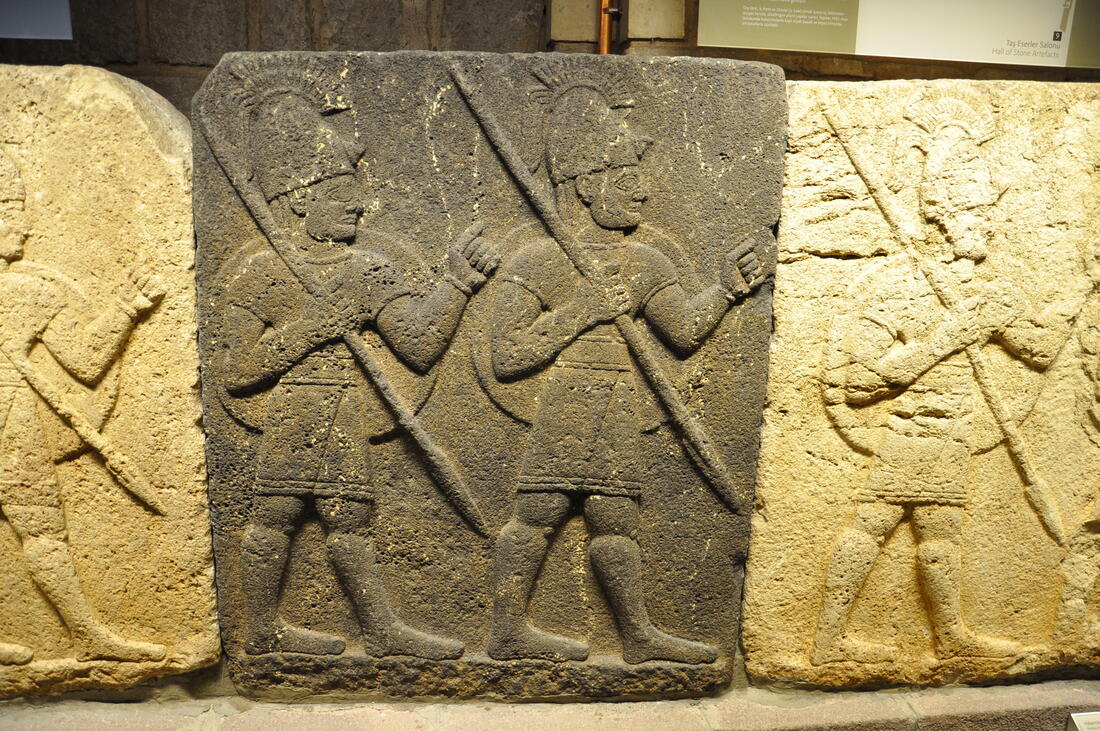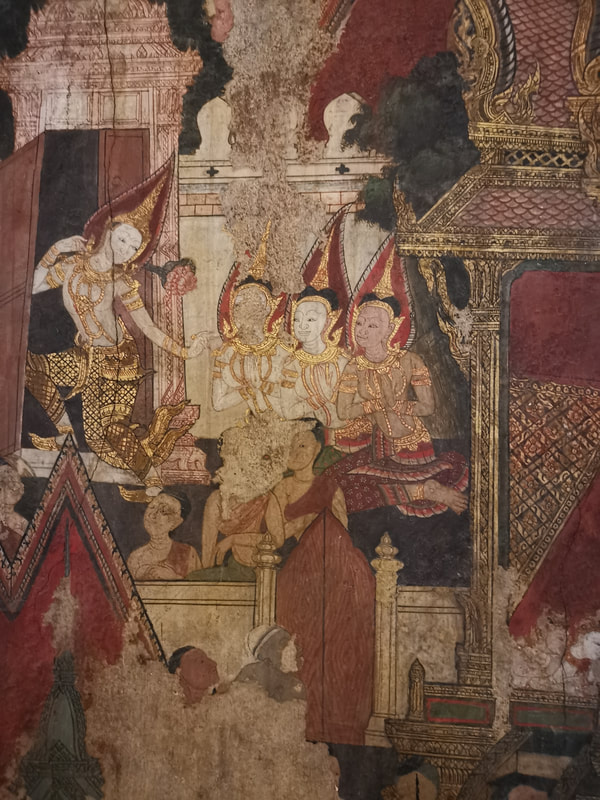Research on the Roads of Many Wonders
Archeological Sites, Education and Resources, Arts, Culture, Research Bibliographies, Botany (traditional medicines), Gemstones, Geography, History, Languages, Law, Maps, Religious Studies, Silk Road Research Centers & Institutes, Famous Travelers & More
Updated September 24, 2022
Do you enjoy Silk Road Research?Genetic History of Human Populations Along the Ancient Silk Road
Frontiers is a leading Open Access Publisher and Open Science Platform. Genetic history of Silk Road populations is one of their topic areas. The following is from their site:
"Having different religious faith, cultures and life customs, a number of ethnic groups inhabit the Ancient Silk Road and presumably had experienced complicated history. The pattern of DNA variation among individuals can tell us about the genetic history of populations. In recent years, by relatively direct means of studying ancient samples such as bones, and/or indirect means of analysing the genomes of modern populations, the demographic history - migrations, expansions and colonization - have been successfully revealed in several previous human population genetic studies. However, until now, the origins of the populations along the Ancient Silk Road and relationships have not been examined in great detail. This Research Topic welcomes Original Research, Brief Research Report, and Review papers on the modern and ancient genetic history of human populations along the Ancient Silk Road, by using genome-wide sequencing or microarray technologies, or various kinds of markers, such as mtDNA, Y chromosome, forensic STRs, SNPs, and InDels data." https://www.frontiersin.org/research-topics/21135/genetic-history-of-human-populations-along-the-ancient-silk-road Here is another relatively new journal looking for submissions:
About Silk Road: A Journal of Eurasian Development
Silk Road exists to promote evidence-based scholarly research in social sciences and public policy studies that make the affairs of the Great Silk Road countries an area of significant interest, scholarship and impact. Applied interdisciplinary and empirical papers are welcomed. The journal is intended for the reader from the academic, policy and private sectors with an interest in research specifically applied in the context of Silk Road countries. We welcome thematic clusters of articles on a topic, that have an analytical synergy interesting for wide audiences. Thematic clusters are welcomed and should organize articles describing the problem, issue or phenomenon potentially linking varying fields and disciplines. The primary category for submissions is original peer-review research articles. Issues might include commentaries (1500-3000 usually), interview (1500), policy (3000) and book reviews (1000-1500). https://silkroadjournal.online/submissions/ Xinhua Silk Road Database
Belt and Road Weekly
Meditation, Exercise, Herbs Nature, Science and COVID-19
There is no cure for COVID-19. But, there are some simple things that can help strengthen the human immune system according to scientific research.
Dayahatyn Caravansarai in Turkmenistan from the outside it doesn't look like much, but inside I could still feel the pulsing life of a thousand years of international trade. There are so many archeological sites I would love to help excavate, and this is one of my favorites.
One need not fear COVID-19 in such places, because there is nobody there most of the time. 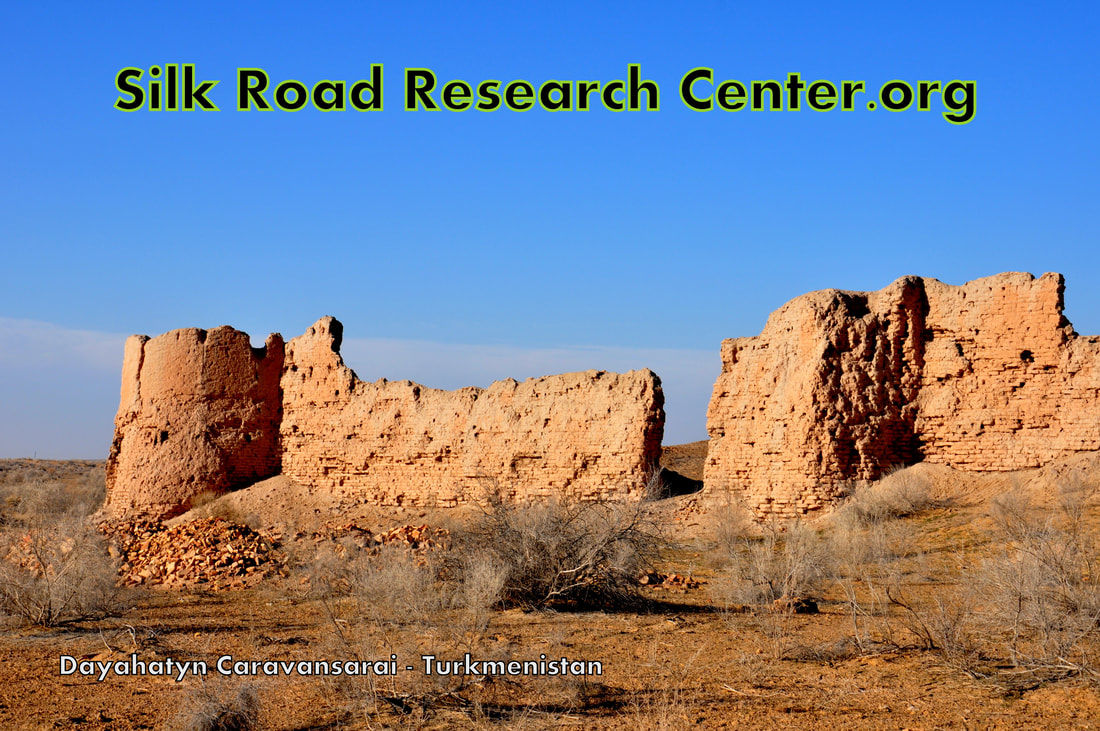
The land Silk Roads began a long downhill slide about 500 years ago with the rise of the littoral (coastal) trading centers that emerged because of improved maritime navigation. Now, thanks to China's lead in the Belt and Road Initiative (BRI) the land Silk Roads are coming back bigger and better than ever!
For Silk Road news & videos see:
|
Great news!
All Silk Road countries are now open again for travel!
Escape the Matrix! Try real life for a change.
Research your Silk Road Dream Destination and hit the road! The Silk Roads as a complete series of looping paths from China across Asia to Greece and Rome are about 2,000 years old, though some parts are much, much older. Why be stuck in some tiny time/space illusions created by corporations when you have the entire history of humanity, and the world to play in!
KhuPraphaChai
Archeological site in Isan Region of Thailand
This site's director and Silk Road traveler recently visited an awesomely beautiful archeological gem in the Isan region of Thailand called: Khu Prapha Chai (locals pronounce it like it's one word). To quote: "Made mostly of laterite, Ku Prapha Chai was built by King Jayavarman VII (r. 1182-1219) as a temple for one of the 102 arogayasala (hospitals) he commissioned across the Khmer empire. It faces east and fully follows the standard arogayasala design. Jayavarman VII switched the state religion from Hinduism to Mahayana Buddhism, and his quest for merit and beneficence influenced his work. According to an 1186 CE inscription found at Ta Prohm temple, he built 102 hospitals in towns across the empire. Another inscription, written in 1191 CE and found at Preah Khan, said he constructed 121 resthouses along three major roads. One of the more than twenty other inscriptions mentioning his hospitals says, “He suffered from the maladies of his subjects more than from his own; for it is the public grief which makes the grief of kings, and not their own grief.”
It’s important to note (because so many articles get it wrong) that the buildings remaining today are not the hospitals and resthouses themselves, which were made of wood, bamboo, thatch, or other perishable materials and have long since vanished. The stone buildings that survived are the associated temples. https://www.timsthailand.com/arogayasala-and-dharmasala/ Below are a couple of short videos I made. (Make sure you turn your speaker on because the bird song is heavenly.)
In front of the ancient temple is a stone.
Just a bit curious, I put my compass next to it to see if it was magnetic.
About 145 degrees next to the stone.
Away from the stone the compass read 130 degrees. Mmm.
For a short bibliography of Silk Road archeological research in Southeast Asia, with emphasis on Thailand, see:
https://www.silkroadvirtualuniversity.org/se-asia-silk-roads.html | ||||||
Silk Road Kung Fu Friendship Tour
Note from the Director of Silk Road Research Center:
When I was a boy I was fortunate to travel the Roman roads from the UK, and years later this time from Spain, again all the way to Rome. Mostly my family camped, but every three nights we stayed in hotels to take hot showers. Mainly sitting around camp fires at night under the stars talking with all kinds of Europeans, I kept hearing stories that the Silk Roads were longer, older, and even more exotic than the Roman roads. So, even as a young child I was very curious about the Silk Roads.
From 2015 to 2021 (even today) Starting really in 1992 I've gotten to know the Silk Road countries North, South, East and West. From 2015 to 202 I traveled the Silk Roads on the ground from Xi'an to Istanbul as part of my Silk Road Kung Fu Friendship Tour. Along the roads I sent articles to Kung Fu Magazine in the California and some 40 articles in that series were published. Last year I compiled them into two books books that are available on https://www.amazon.com. Just type in "Silk Road Kung Fu Friendship Tour" and the books will come up. I hope you enjoy the adventures as much as I did. Incidentally, I'm not finished. The Silk Roads go on forever. Though I've traveled pretty much around North and South America, Europe and Asia, there is still so much to see and wonderful people to meet. Below are just a few of the 55,718 photos I took along these great adventures.
When I was a boy I was fortunate to travel the Roman roads from the UK, and years later this time from Spain, again all the way to Rome. Mostly my family camped, but every three nights we stayed in hotels to take hot showers. Mainly sitting around camp fires at night under the stars talking with all kinds of Europeans, I kept hearing stories that the Silk Roads were longer, older, and even more exotic than the Roman roads. So, even as a young child I was very curious about the Silk Roads.
From 2015 to 2021 (even today) Starting really in 1992 I've gotten to know the Silk Road countries North, South, East and West. From 2015 to 202 I traveled the Silk Roads on the ground from Xi'an to Istanbul as part of my Silk Road Kung Fu Friendship Tour. Along the roads I sent articles to Kung Fu Magazine in the California and some 40 articles in that series were published. Last year I compiled them into two books books that are available on https://www.amazon.com. Just type in "Silk Road Kung Fu Friendship Tour" and the books will come up. I hope you enjoy the adventures as much as I did. Incidentally, I'm not finished. The Silk Roads go on forever. Though I've traveled pretty much around North and South America, Europe and Asia, there is still so much to see and wonderful people to meet. Below are just a few of the 55,718 photos I took along these great adventures.
|
| ||
Some of the areas I'd like to explore:
In sum, there's a lot of work a Silk Road Research Center can do.
- To what extent are the Silk Road Research Centers around the world cooperating with each other?
- Which Silk Road archeological sites in each country are most in need of stabilization, excavation, restoration and protection now?
- Is it possible to massively expand archeological work all along the Silk Roads? Though UNESCO seemed to taking the lead on this in the past, the UN now is overwhelmed with other crises... Is it possible some other external funding can be obtained? What national and international organizations can take a lead in these efforts?
- To what extent can the Tourist Development organizations in the Silk Road countries work better together to promote and begin to restart Silk Road Tourism in the wake of COVID-19?
- Given that half of the world's ancient treasures are sitting in European and American museum basements collecting dust, what kinds of budgets are they dealing with, and can better access be accelerated? Is there a lobby group to encourage better accounting and access to the stolen treasures of the Silk Road countries?
- Conflicts in Iraq, Syria, Yemen, Afghanistan and other Silk Road areas are not magically going away. Is it possible conflict resolution skills training can be added to the curriculum at all levels of education throughout the world? Is it possible "back door" negotiations can take place to get foreign proxy armies out and away from these international conflicts?
- Water, food, medicine, and education are sorely lacking in less economically developed areas along the Silk Road. Is it possible Silk Road research group could evolve to prioritize needs and resources, aided by the governments of these countries?
- What can all people along the Silk Road do to improve the image of this vast and ancient region?
In sum, there's a lot of work a Silk Road Research Center can do.
